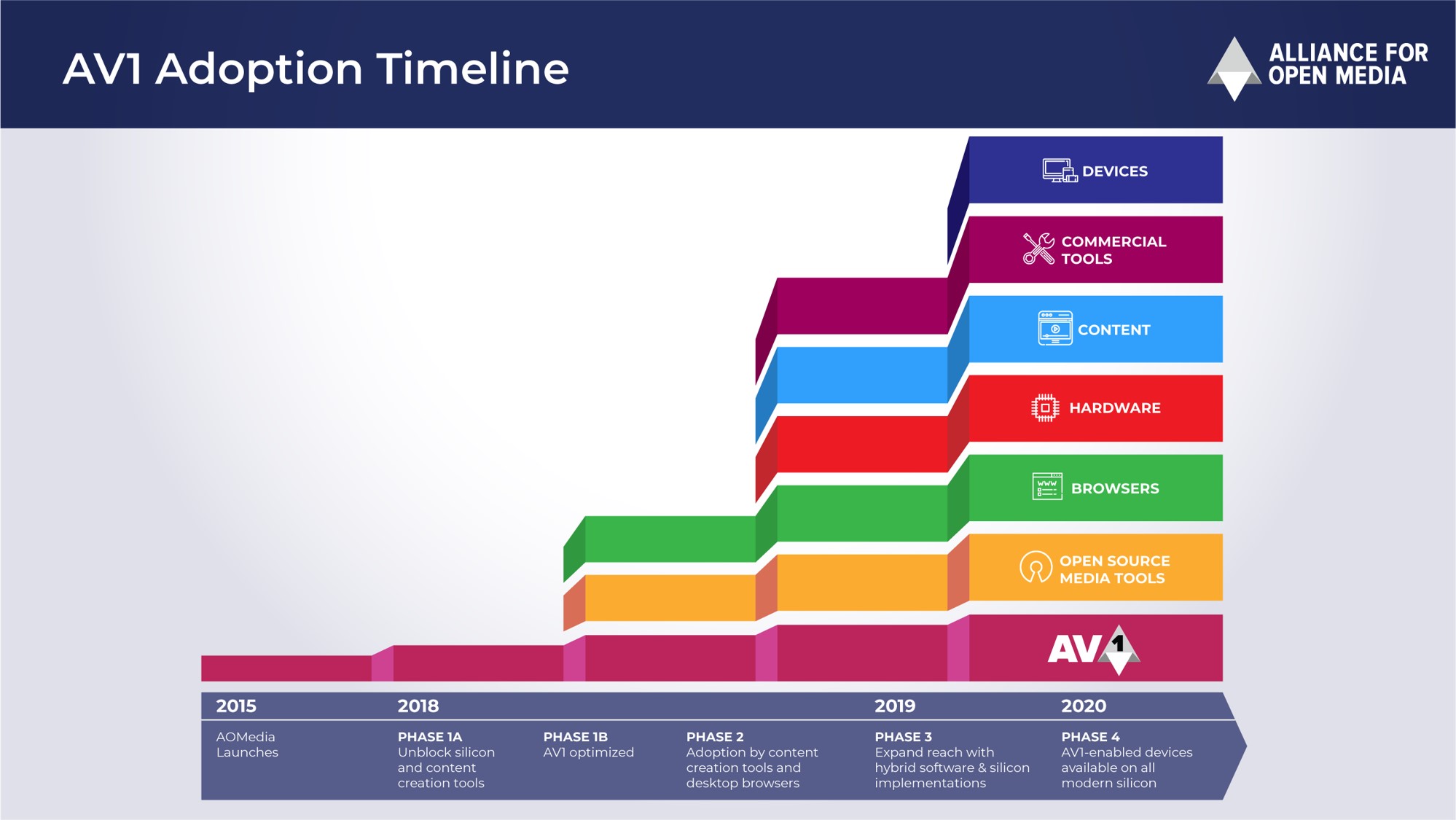The 4K Video Codec War: What You Need To Know
[Editor's Note: Stewart Wolpin is a TWICE contributor and HEVC analyst for Digital Technology Consulting.]
We're all familiar with format wars — VHS v. Beta, Blu-ray v. HD-DVD, even the 19th century's AC v. DC war of the currents. What you may not be familiar with is the current 4K video compression format war between HEVC (High-Efficient Video Coding, aka H.265), Google's VP9, and a new and potentially disruptive entrant, AV1 from the Alliance for Open Media(AOM).
The question is, is this format war too inside-baseball for most CE retailers and vendors to worry about?
"Device makers include media processors that decode multiple compression technologies," said Myra Moore, president of Digital Tech Consulting, "and it's in their best interest to make sure the most commonly used ones are included."
"[Vendors] will care because every additional codec they need to support adds to the development and [bill of materials] cost of a device," added John Luther, senior VP of technology for JW Player, a web video platform.
For more than a decade, the MPEG-based H.264 format has been pretty much the only HD video codec game in town. Nearly all devices that record or playback 1080 or 720 video include H.264.
[Read: ITU, ISO Prepare For Next-Gen Video Codec]
Get the TV Tech Newsletter
The professional video industry's #1 source for news, trends and product and tech information. Sign up below.
But 4K video is quickly becoming increasingly ubiquitous. 4K, however, with files four times the pixel size of standard HD, presents problems for both streaming and storage. HEVC shrinks 4K files to roughly nearly the same size as H.264 for HD files of similar length.
Creating the right 4K video codec presents varying challenges based on multiple factors, including:
- delivery platform: web browsers, streaming, broadcast;
- device: mobile, smart TV, set-top box (i.e. Roku, Fire TV, Apple TV), PC;
- technical variables: i.e. HDR, which H.264 can't handle; and
- economics: encoding, storage and royalty costs.
As a result, the 4K video codec market has splintered. "There is a tremendous amount of opportunity in this field," observed Paul MacDougall, solution architect for BitMovin, a Cloud-based video encoding service. "Many different people and organizations [are] trying to capitalize on that opportunity in whatever way they can."
[Read: To Be or Not to Be UHD-That is the Question]
HEVC has established itself as the de facto standard for most 4K content providers, and for all smart TVs and smartphones, including the iPhone. But VP9 is the 4K codec of choice for Android, Windows (but, oddly, not Internet Explorer) and YouTube, as well as browsers including Google's Chrome and Firefox. Most TV and smartphone chipsets include capabilities for both HEVC and VP9.
For hardware vendors, HEVC's primary headache is its confusing royalty structure, administered by three different patent groups — MPEG LA, HEVC Advance and Velos Media. VP9 and the pending AV1, however, promise to be royalty-free, but questions remain about their IP status.
"HEVC IP owners, particularly those in the Velos Media Pool, have created the worst case of self-inflicted FUD [fear, uncertainty, doubt] in the history of technology," said Jan Ozer, author and codec consultant. "[Vendors] need to know everything about royalties for H.264/HEVC, plus IP rights relating to VP9/AV1. It's a huge expense."
AOM's AV1, whose backers include Amazon, Apple, Cisco, Facebook, Google, IBM, Intel, Microsoft and Netflix, promises to be superior to HEVC and VP9, and holds the most promise for becoming a single 4K codec standard — one day.

"AV1 won’t appear in hardware until 2020," Ozer reported. "That’s the next seismic event. Between then and now, we’ll learn a lot more about performance and IP status. It will be as an open-source alternative to HEVC in markets where HEVC doesn’t serve, like computer-based browser playback. Until 2020, all this discussion is just noise for CE retailers."
This article originally appeared in TWICE.
